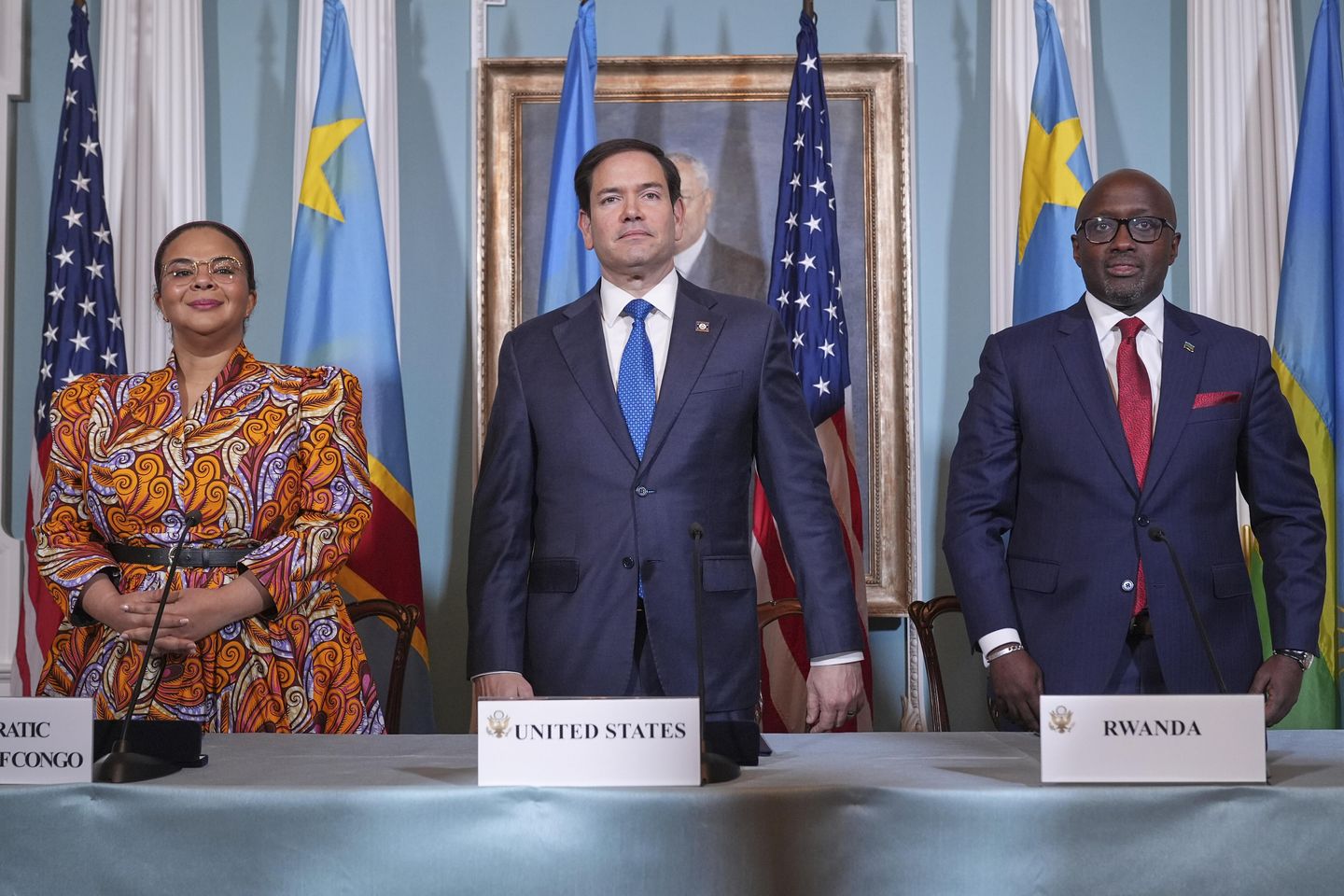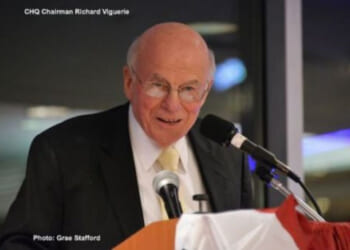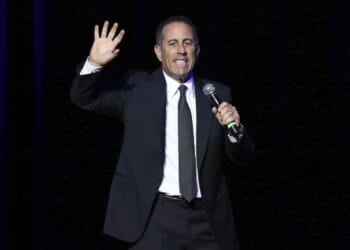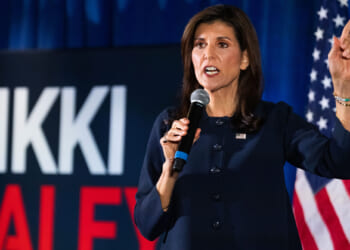
Rwandan and Congolese leaders will convene in Washington on Friday for the signing of a historic peace agreement between the two nations brokered by the U.S. and Qatar, potentially ending the world’s deadliest conflict since WWII.
Secretary of State Marco Rubio is slated to oversee the meeting to officially end the nearly 30-year Second Congo War, during which some 6 million people are estimated to have been killed.
While overshadowed by U.S. media attention on conflicts in the Middle East and Ukraine, the development could be one of the more momentous diplomatic achievements of the Trump administration.
The State Department announced in a June 18 memo that teams from the Democratic Republic of the Congo (DRC) and the Republic of Rwanda have signed off on the text of the peace agreement outlining provisions for “territorial integrity” and the cessation of hostilities.
The document also calls for the disarmament and “conditional integration” of non-state armed groups, which have been a driving force in the Congo War. Both sides will facilitate the transfer of prisoners and refugees, as well as allow access for humanitarian groups.
The terms of the deal were hammered over three days of intense discussions between Congolese and Rwandan technical teams in April that were mediated by U.S. Under Secretary for Political Affairs Alison Hooker and observed by officials from Qatar, which has played a key role in the peace-making.
“Both the DRC and Rwanda expressed their appreciation for the valuable contributions and joint efforts of the United States and Qatar as partners in advancing a peaceful resolution,” according to a joint statement circulated by the State Department.
The peace deal, and the U.S.’s role in it, have gone mostly unmentioned in the mainstream press reports, as the world’s media has been focused on conflict in the Middle East, and an eventful NATO summit that President Trump attended this week.
While the fragile ceasefire between Israel and Iran in the wake of U.S. airstrikes on Iranian nuclear facilities has made global headlines, the human cost of the Second Congo War is far greater than what’s gone on in the Middle East in recent years.
The International Rescue Committee has estimated the Second Congo War caused nearly 6 million deaths, making it the deadliest world conflict since the Second World War. Some have disputed those figures, claiming that the instability of the region would have led to millions of deaths over the last three decades anyway.
The war officially ended in July 2003, but a fragile peace agreement and an unstable region have contributed to continued violence. Ethnic conflict between Hutu and Tutsi-aligned groups has been the primary driver of violence in Eastern areas of the DRC.
Geopolitical win for the U.S.
The successful inking of a lasting peace agreement on Friday is likely to have wide-ranging implications for U.S.-Africa relations. Ending, or at least paring down, the war could bring new stability to the region, fostering an improved investment atmosphere for those interested in the DRC’s rich natural resources.
The eastern Congo region is home to large reserves of valuable, rare minerals, including Tungsten. Trump administration African envoy Massad Boulos floated the idea of a future rare minerals deal with the DRC in April. According to Mr. Boulos, a strong peace agreement between the DRC and Rwanda would mean more meaningful Western investment.
The U.S. and European nations are already backing a major infrastructure project called the “Lobito Corridor.” It aims to revitalize a cargo railway line connecting mineral-rich southern regions of the DRC and Zambia to the Angolan port of Lobito on East Africa’s Atlantic coastline.
In essence, the railway would facilitate expanded export of critical minerals like copper, cobalt and other precious metals sought after by U.S. and European companies grappling with the global shift to green technologies.
At the same time, regional analysts have described the project as an attempt by Washington to counter economic and diplomatic influence being had on the continent by China, which has financed billions of dollars in infrastructure projects in Africa over the past decade, largely through what U.S. officials describe as predatory loans to fragile African nations.
China currently dominates the DRC’s mining sector, with Chinese-based firms controlling at least 80% of the nation’s rare earth minerals mines. The DRC signed the Sicomines Agreement with Beijing back in 2008, which allowed Chinese firms to extract the nation’s natural resources in exchange for infrastructure investment.
China’s large share of the market has worried some in the DRC, who have made moves toward diversifying the country’s international partnerships. Earlier this year, reports surfaced that the DRC was courting Saudi Arabian investors in an attempt to bring in new partners.
The U.S.-brokered peace deal could open more opportunities for Western companies to break into the African mining sector and provide an opportunity for the U.S. to counter Chinese influence on the continent.
A lasting peace?
In terms of human life, the stakes in Friday’s deal are colossal.
Fighting flared in DR Congo in 1996, stemming from cross-border spillover from the 1994 Rwandan genocide. It would go on to devour far more lives than that infamous slaughter.
The First Congo War ended in 1997. It resumed swiftly in 1998, sucking in nine African nations, and gaining the unofficial titles “The Second Congo War” and “Africa’s World War.”
That conflict ended on paper in 2002, but chaotic combat in various areas of the country never ended. High-intensity conflict reignited after rebel militia M23 group resurfaced in eastern Congo in 2022.
The Rwandan capital of Kigali became deeply engaged, both as a direct combatant and as a supporter of militias like M23 that were bent on toppling the DRC capital of Kinshasa.
The war’s savagery has been exacerbated by cross-border tribalism. Its scale has been fueled, in part, by the country’s rich natural resources base. With China a major investor in DR Congo’s mineral extraction sector, Beijing has supplied Kinshasha with weaponry, including drones.
A 2025 report by the Council on Foreign Relations’ Global Conflict Tracker, estimated the death toll from decades of fighting in DR Congo at over 6 million.
The same report noted that conflict has driven 1.1 million refugees overseas, left 23 million internally displaced and 21 million in need of urgent food and medical aid. The DRC faces “one of the largest and deadliest humanitarian crises in the world,” the report stated.
This appalling carnage that the Trump administration is poised to end — or not; there are fears among some observers that M23 will not lay down its arms — has been widely overlooked by the global community.
Virginia-based U.S. historian Matthew White, in his 2012 work “The Great Big Book of Horrible Things” referenced a common reaction to the Second Congo War. “This was only a few years ago,” he wrote. “Why didn’t I hear anything about it?”
• Andrew Salmon, The Washington Times’ Asia editor, contributed from Seoul, South Korea.












